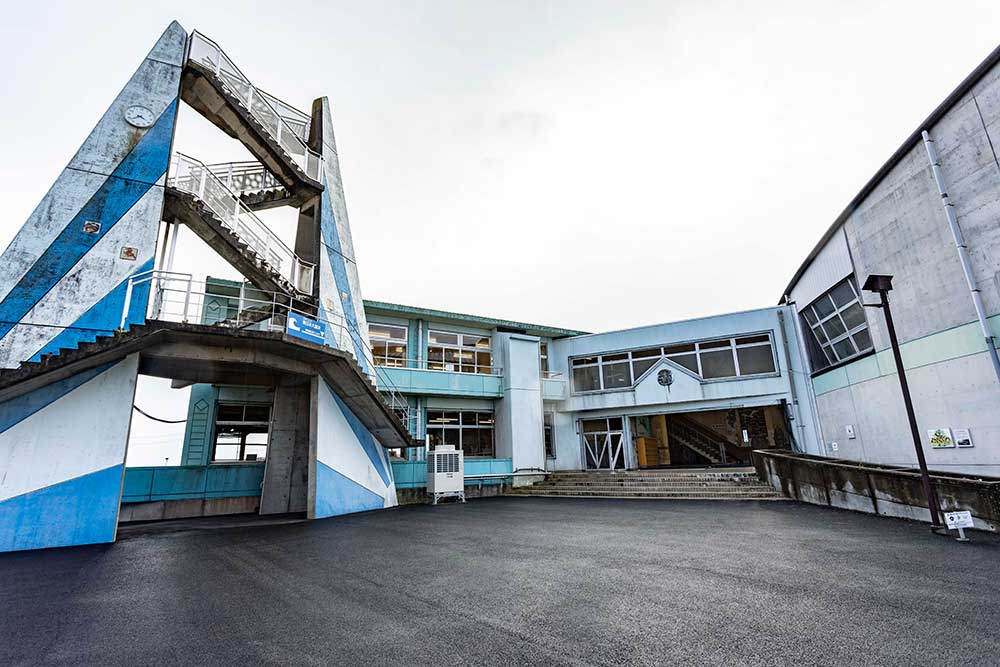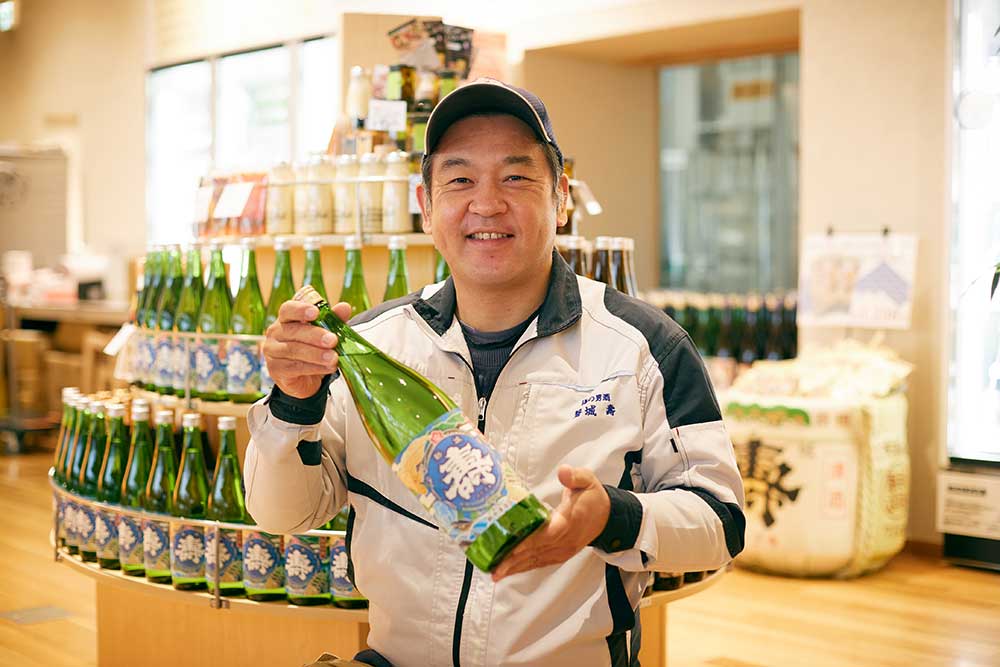Places of Interest
Testimony to a tragedy
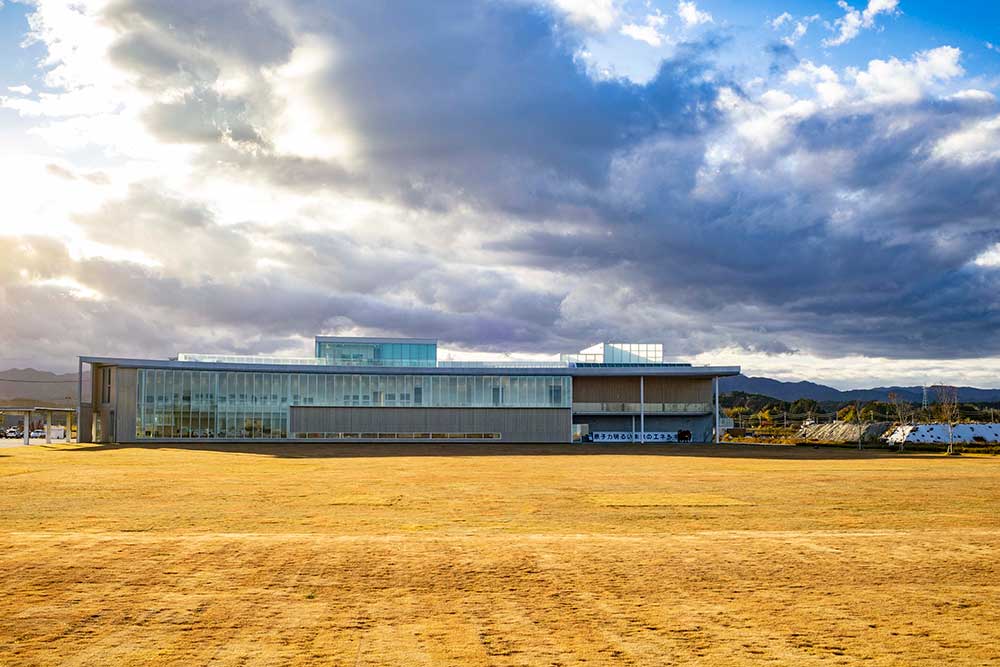
Using an extensive archive, interactive displays and personal experiences, this state-of-the-art museum tells the story of the tragic events of March, 2011.
The Great East Japan Earthquake and Nuclear Disaster Memorial Museum tells the story of the cataclysmic multiple disaster of March, 2011 and its ongoing consequences. The museum is located within sight of the Pacific Ocean in the Nakano district of Futaba Town in Fukushima. It stands on ground that was inundated by the enormous tsunami triggered by the massive earthquake which struck the region on March 11, 2011. Futaba was subsequently hit by radioactive fallout from the meltdowns at the TEPCO Fukushima Daiichi Nuclear Power Plant, and its residents forced to evacuate. The opening of the museum in September 2020 followed the reopening of parts of the town to returning residents and a hopeful if tentative recovery.
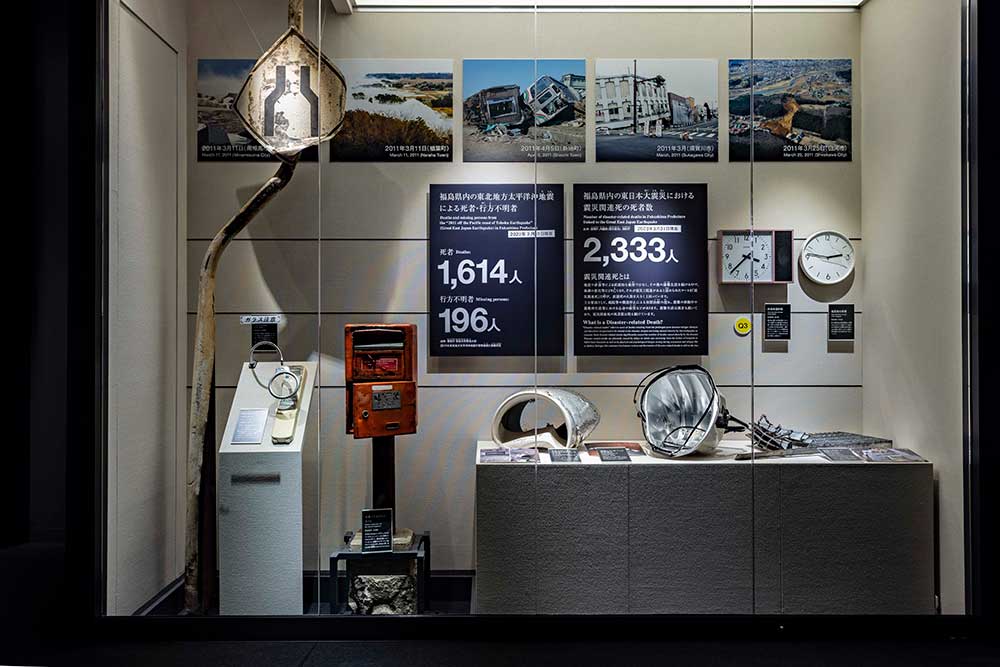
The museum houses an archive of over 270,000 objects gathered by researchers and curators that testify to the power of the disaster and the human tragedy that unfolded in its wake. A carefully curated selection of physical items, documents, photos, and videos—along with evocative multilingual infographics, texts, and interactive displays—vividly conveys the unprecedented damage suffered and the difficulties faced by survivors of the disaster. After watching a stunning video introduction in the large multiscreen “Prologue Theater,” visitors ascend to the second-floor exhibition space, and pass through five chronologically organized zones. These describe the early stages of the disaster, the immediate response to the meltdown at Fukushima Daiichi, the experiences of local residents, long-term impacts of the nuclear disaster, and revitalization challenges and efforts. Local residents who experienced the disaster firsthand serve as museum guides, and share their personal stories and recollections. This person-to-person contact and communication is a hallmark of the museum’s approach and greatly amplifies its impact.
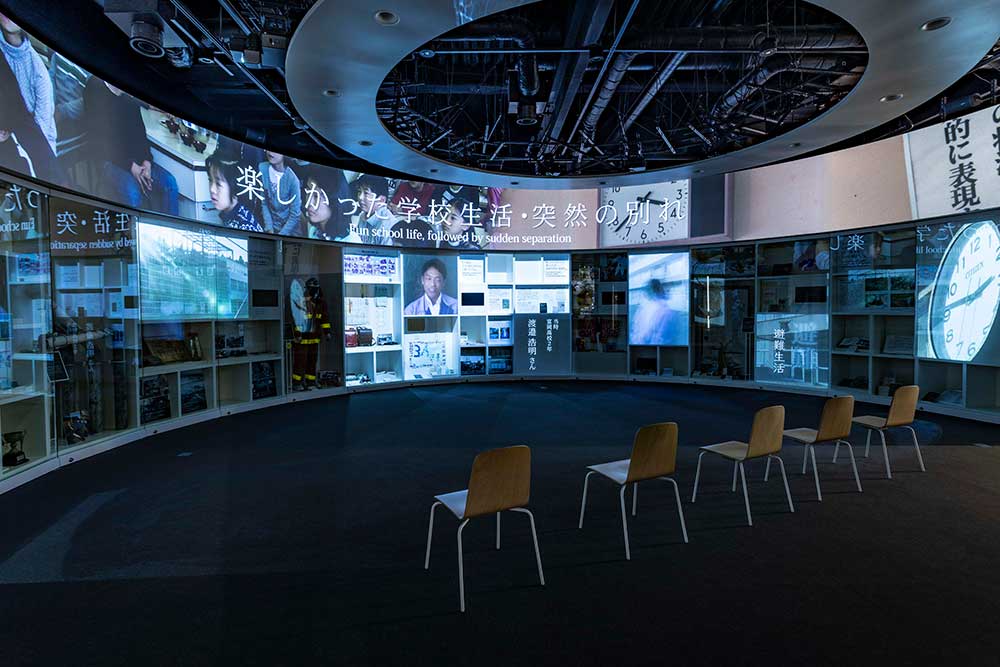
From the outset, the Great East Japan Earthquake and Nuclear Disaster Memorial Museum was envisioned as a state-of-the-art facility that would preserve memories and lessons of this multiple disaster and pass them down to future generations. While the entire northeastern coast of Japan was devastated by the 2011 tsunami, only Fukushima suffered from the heavy radioactive fallout. The museum also emphasizes disaster prevention and mitigation, based on the experience gained from responding to the nuclear disaster. The museum’s approach is also forward-looking, focusing on the recovery and revival of local communities. Through workshops, seminars, storytellers, site visits, and field work, people and organizations who want to help are connected with local communities to further accelerate Fukushima’s recovery.
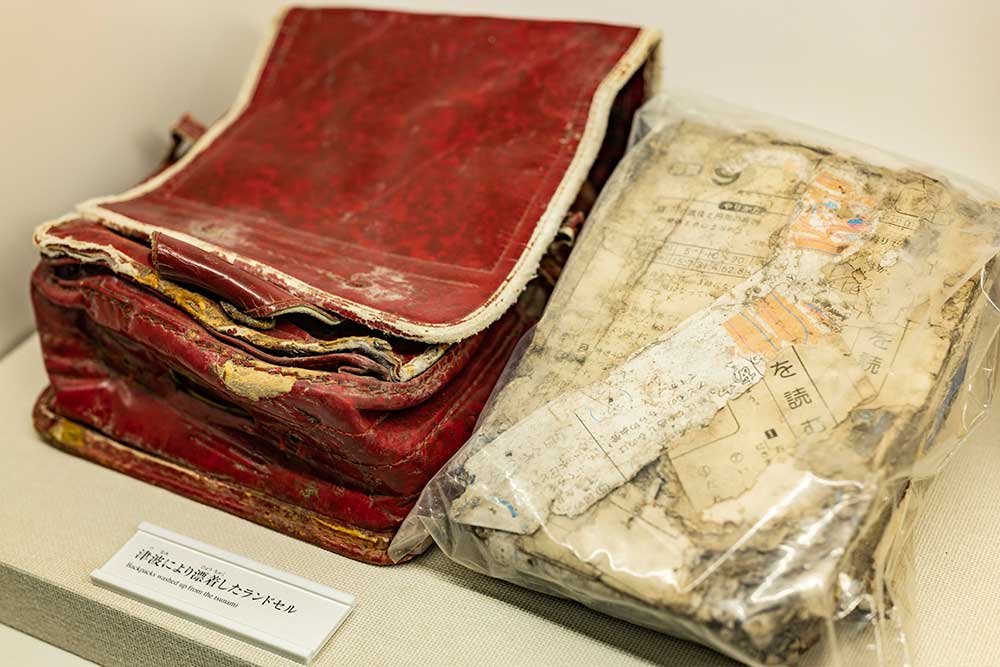
The museum is part of the Fukushima Innovation Coast Initiative, a national project to recover the industries lost or damaged in the multiple diaster. The Fukushima Reconstruction Memorial Park is being developed immediately to the east of the museum. This large outdoor memorial is intended for mourning and commemoration of the souls of the victims of the earthquake and tsunami, and to help disseminate information on reconstruction in Japan and internationally. Coordinated use of the outdoor fields which connect the sites is expected.


DATA
- The Great East Japan Earthquake and Nuclear Disaster Memorial Museum
-
-
- Address
- 39 Takada, Nakano, Futaba Town, Futaba-gun, Fukushima Prefecture 979-1401
-
- Tel
- 020-23-4402
-
- Hours
-
9:00am – 5:00pm (last entry: 4:30pm) Closed on Tuesdays*
and December 29 – January 3 (*If that day is a public holiday, the museum will close on the following weekday)
-
- Admission fee
- Adults: ¥600, High school students and younger: ¥300 (group discounts available)
-
- Website
- https://www.fipo.or.jp/lore/en
-
